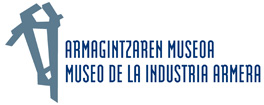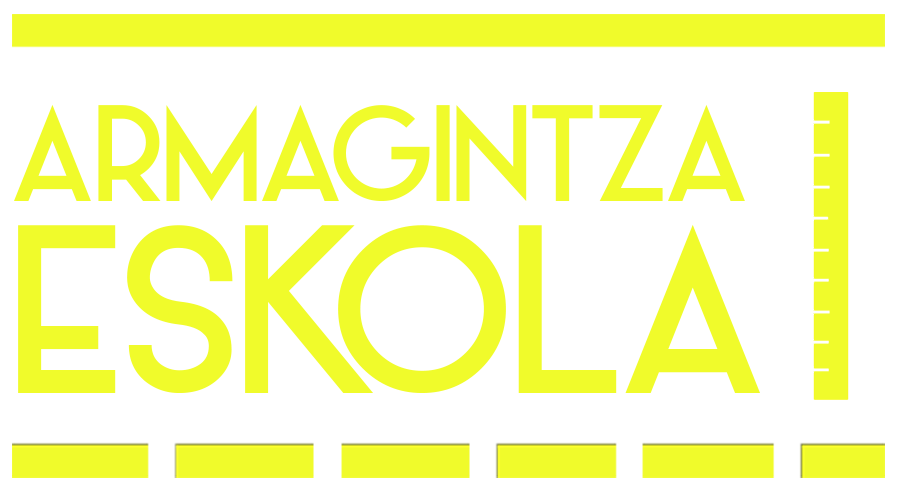
1912 ARMOURY SCHOOL
The Armoury School of Eibar was a fundamental milestone in the history of the town, as it was to provide suitable training to meet the increasing demand for skilled manpower from companies in the surrounding area. The engineer Pablo de Alzola stands out among the many who, at the beginning of the 20th century, called for the creation of such a school, and in 1908 he proposed founding a school that would follow the model of the Armoury School of LiÃÂÃÂÃÂÃÂÃÂÃÂÃÂÃÂÃÂÃÂÃÂÃÂÃÂÃÂÃÂÃÂÃÂÃÂÃÂÃÂÃÂÃÂÃÂÃÂÃÂÃÂÃÂÃÂÃÂÃÂÃÂège in Belgium.
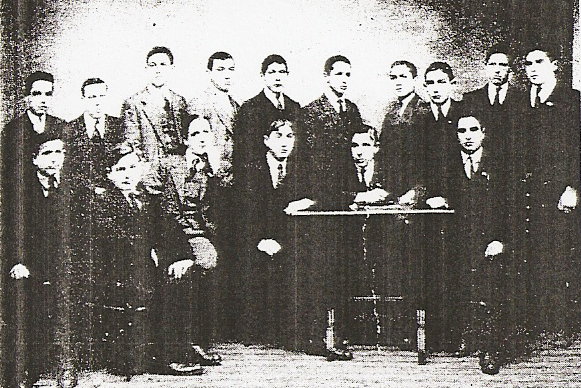
After some preliminary research, on the 1st of July 1912 the decision was taken to create the Professional Armoury School where students would learn the trade in addition to receiving instruction in theoretical and technical subjects. Following the wishes of Pablo de Alzola, the founders based the statutes and rules of the new centre on those of similar institutions, such as the Belgian School in LiÃÂÃÂÃÂÃÂÃÂÃÂÃÂÃÂÃÂÃÂÃÂÃÂÃÂÃÂÃÂÃÂÃÂÃÂÃÂÃÂÃÂÃÂÃÂÃÂÃÂÃÂÃÂÃÂÃÂÃÂÃÂège and their French counterpart in Saint ÃÂÃÂÃÂÃÂÃÂÃÂÃÂÃÂÃÂÃÂÃÂÃÂÃÂÃÂÃÂâÃÂÃÂÃÂÃÂÃÂÃÂÃÂÃÂÃÂÃÂÃÂÃÂÃÂÃÂÃÂÃÂÃÂÃÂÃÂÃÂÃÂÃÂÃÂÃÂÃÂÃÂÃÂÃÂÃÂÃÂÃÂàEtienne, with whom they were in close contact from the start.
The Armoury School came into being as the first Professional Training centre with these characteristics and its creation was of great importance for the whole of the Basque Country, as it went on to become the paradigmatic model on which other professional schools were based. Though the initiative stemmed from the Eibar arms manufacturersÃÂÃÂÃÂÃÂÃÂÃÂÃÂÃÂÃÂÃÂÃÂÃÂÃÂÃÂÃÂâÃÂÃÂÃÂÃÂÃÂÃÂÃÂÃÂÃÂÃÂÃÂÃÂÃÂÃÂÃÂÃÂÃÂÃÂÃÂÃÂÃÂÃÂÃÂÃÂÃÂÃÂÃÂÃÂÃÂÃÂÃÂÃÂhence its nameÃÂÃÂÃÂÃÂÃÂÃÂÃÂÃÂÃÂÃÂÃÂÃÂÃÂÃÂÃÂâÃÂÃÂÃÂÃÂÃÂÃÂÃÂÃÂÃÂÃÂÃÂÃÂÃÂÃÂÃÂÃÂÃÂÃÂÃÂÃÂÃÂÃÂÃÂÃÂÃÂÃÂÃÂÃÂÃÂÃÂÃÂàit was always a public centre, as the town council of Eibar was a major stakeholder in its foundation. However, funding was also provided by the Provincial Government of Gipuzkoa, with an annual subsidy of 3,500 pesetas, and the government in Madrid, thanks to the efforts of the minister FermÃÂÃÂÃÂÃÂÃÂÃÂÃÂÃÂÃÂÃÂÃÂÃÂÃÂÃÂÃÂÃÂÃÂÃÂÃÂÃÂÃÂÃÂÃÂÃÂÃÂÃÂÃÂÃÂÃÂÃÂÃÂÃÂn CalbetÃÂÃÂÃÂÃÂÃÂÃÂÃÂÃÂÃÂÃÂÃÂÃÂÃÂÃÂÃÂÃÂÃÂÃÂÃÂÃÂÃÂÃÂÃÂÃÂÃÂÃÂÃÂÃÂÃÂÃÂÃÂón. Indeed, he went to such lengths on behalf of the school that the town council, in 1913, decided to reward him by naming what was until then Unzaga St after him and giving him the freedom of the city.
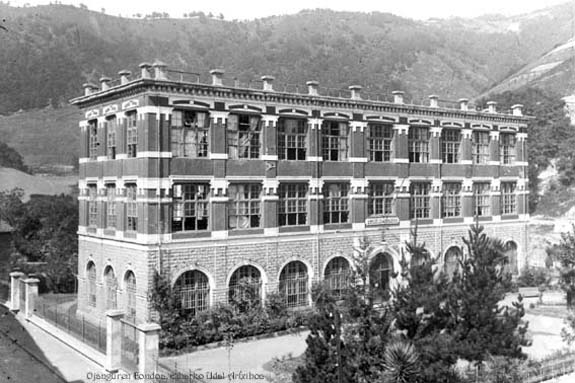
A school of this magnitude required suitable premises, and the council decided to entrust the project to the architect Augusto Aguirre. The first stone was laid on the 6th of January 1913, with a ceremony attended by all the leading dignitaries of the time. The original building, which was destroyed during the Civil War and replaced in 1950 by the one we see today, was divided into three floors and contained all the quarters needed to train future gun makers. The machinery workshop, store, library, museum, physics cabinet and staff room were all located on the ground floor. The whole of the second floor was used for one of the main classrooms of the centre, the fitting room, which could hold 75 apprentices, split into three groups. Finally, on the top floor there were two classrooms for mathematics and one for drawing.
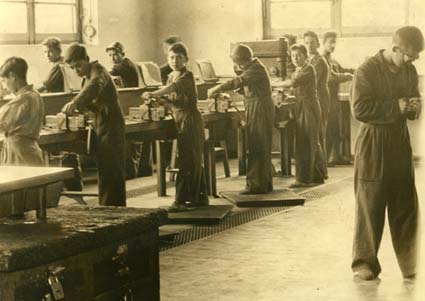
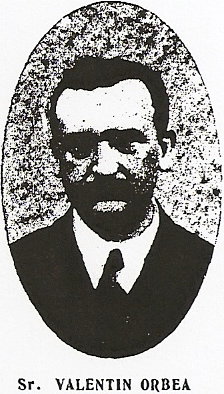

In 1914 the Armoury School began an arms collection that was the precursor of the Eibar Arms Industry Museum. Today, the collection has more than 1,000 items, mainly small arms that sum up a large part of the industrial history of the town.

 Anemona Studioa, 2015, Eibar www.anemonastudioa.com
Anemona Studioa, 2015, Eibar www.anemonastudioa.com Ondartez www.ondartez.com
Ondartez www.ondartez.com
